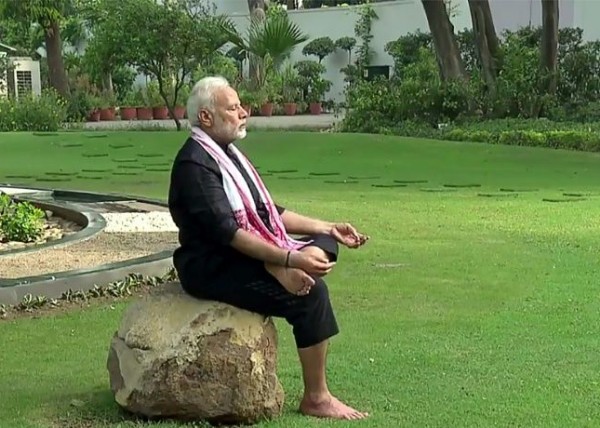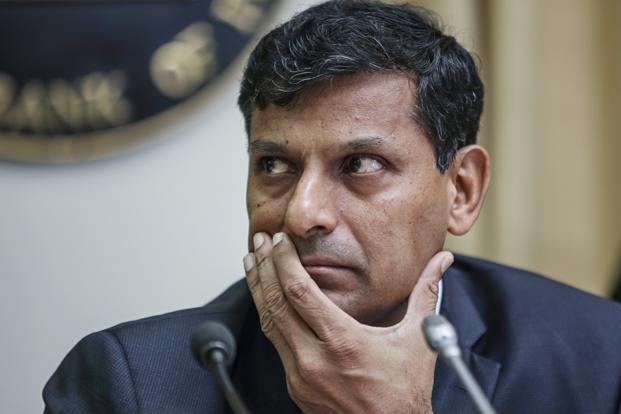
CLIMATE CRISIS
Adani@Carmichael: The world’s most insane energy project moves ahead
Once fully operationalised, Adani’s Carmichael would be bigger than almost any mine in the world. Collectively, the Galilee Basin mines would produce up to 330 million tonnes of coal annually, which, when burned, would release more than 700 million tonnes of CO2, ranking as the world’s seventh-largest emitter, were the Galilee projects considered a country….
Read More about Adani@Carmichael: The world’s most insane energy project moves ahead













